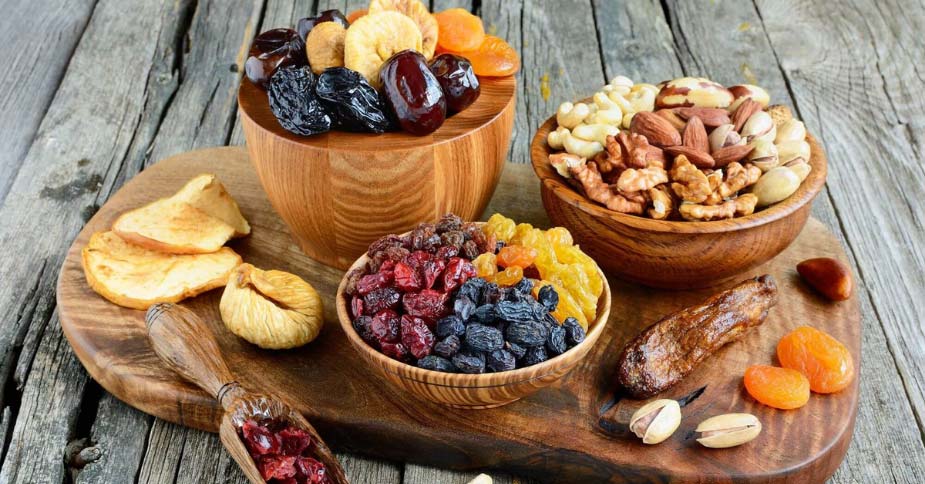
Dried fruit is no longer a rarity, but not everyone is a fan of it. The drying process sometimes makes the fruit tough, and it may lose some flavour. However, dried fruit is useful to have in the house, because it is a nutritious snack and healthier than candy. And you can do so much more with it! By the way, there is now also plumped dried fruit available. This has an intense flavour and a soft texture that allows you to quickly incorporate it into dishes. Discover here how dried fruit fits in your kitchen.
Dried fruit already existed in Mesopotamia

The first reports of dried fruit were found in recipes on tablets from Mesopotamia from 1700 BCE. Sun-dried dates were eaten there as candy and gave character to meat dishes and cereal pies. Travelers noticed that the dates gave them energy. They ate them to prevent fatigue.
It was actually hunter-gatherers who discovered the very first dried fruit. Fruits that fell from fruit trees were dried naturally on the ground by the sun. This natural process was happily adopted by people. The dried fruit could be stored longer, and it was both nutritious and sweet.
Dried figs may have been even more popular than dates. They were found on Egyptian wall drawings and in tombs. Because they were widely available, both rich and poor could enjoy this sweet 'fig candy'.
In ancient Rome, every household had a steady supply of dried fruit.
Raisins were also among the very first dried fruits and may be the most standard here today. Plums, apricots and peaches found their way from Asia to us a little later, in fresh and dried form!
Why dry fruit?
Since antiquity, humans have been searching for methods to be able to store food for a long time. If you dehydrate or dry fruit, it stays good longer, and it still tastes good. It is also a good way to prevent the fruit from being affected by fungi or bacteria.
Allowing fruit to dry in the sun is the purest and cheapest way. These days, fruit is also dried in wind tunnels or drying ovens. Due to the drying process, the fruit does lose some vitamins, but it retains its minerals and fibre.
Freeze drying is an expensive form of fruit drying. This method best preserves the shape, colour, flavour and nutrients of the fruit.
6 ways to use dried fruit

In Southern countries, dried fruit is a given. It's always been there. For us, raisins are mainly used as healthy sweets for children or in pastries and coffee cakes. Dried plums help with bowel movements, but there is plenty of room in our kitchen for using all those (exotic) southern fruits. Do eat dried fruit in moderation, because it still contains a lot of (natural) sugars.
✦ Snack or sports boost - Dried fruit is ready to eat and easy to take along. Eat a few dates, figs, apricots or some mango as an afternoon snack or during/after exercise to get your energy level back up. Dried apple or banana slices are delicious substitutes for crisps.
✦ Amuse-bouche or tapas - Fill a dried date with some goat's cheese. Wrap a slice of serrano ham around it if you like. Pin a dried fig with a mint leaf on a cube of feta cheese. Dip it in some olive oil with lemon.
✦ In cocktails and mocktails - Very hip: pimp your cocktail or mocktail with slices of dried lemon, lime or orange. They give an intense flavour and a surprising twist to your drink.
✦ In yoghurt and smoothies - Blend a few dates or pieces of dried mango with the rest of your smoothie ingredients for an extra sweet touch. Cut dried fruit into pieces and stir through your yogurt.
✦ In stews and salads - Tossing pieces of dried fruit in your salad sounds obvious. Some apricots in a tajine or in a winter stew create a fruity accent that your taste buds will appreciate. Or how about a wrap with chicken and strips of dried apricots?
✦ Desserts and pastries - Plumped dried fruit is easy to process in a fruit pastry or fruit cake. A nice dessert is, for example, a cheese board with dried figs and apricots. You can also dip the fruit in melted chocolate. Heavenly!
Just let your imagination run free. The possibilities are endless.
Choose for children and the elderly rehydrated dried fruit
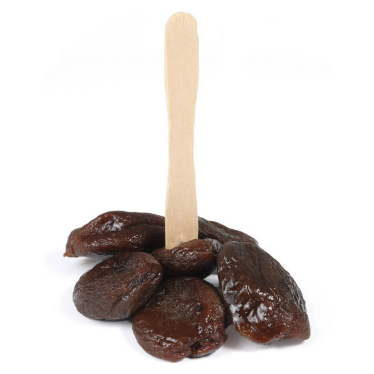
Dried fruits are small energy bombs with lots of fibre and nutrients. Ideal for pampering your child with some of this natural sweetness, in moderation. Older people can also benefit from some sweet southern fruits and therefore additional nutrients. And yet we do not (yet) collectively eat dried fruit as a rule.
We think this is because dried fruit is sometimes a bit tough. Too tough for some children and the elderly. Then look for rehydrated dried fruit. This is fruit that was rehydrated after drying. Plumping gives you a soft texture and an intense flavour.
You can try to plump dried fruit yourself by leaving it in a bowl of water overnight. However, this will never give you the effect of artisanal rehydrated fruit like Lilifruit. It seems to melt on your tongue!
The fruit is turned very slowly in a cylinder with water and thus gradually absorbs the water at its own pace. This process can take 8 to 48 hours. But even dried fruit that is industrially plumped in a few hours can't compare with this.
In addition to the softness, the great advantage of plumped dried fruit is that you can use it immediately in numerous dishes, because it is already soft!
Choose organic and unsulphurised dried fruit
Apricots, but also grapes, are sometimes treated with sulphur dioxide or sulphite to maintain their attractive light colour. Sulphur dioxide is often added to cheaper kinds of dried fruits. It is also an easy way to make them last longer.
Sulphur dioxide is an allergen and can provoke allergic reactions in some people. If you want to fully enjoy pure naturally dried fruit, choose the slightly darker looking or unsulphurised version. Organic products are usually free of sulphites.










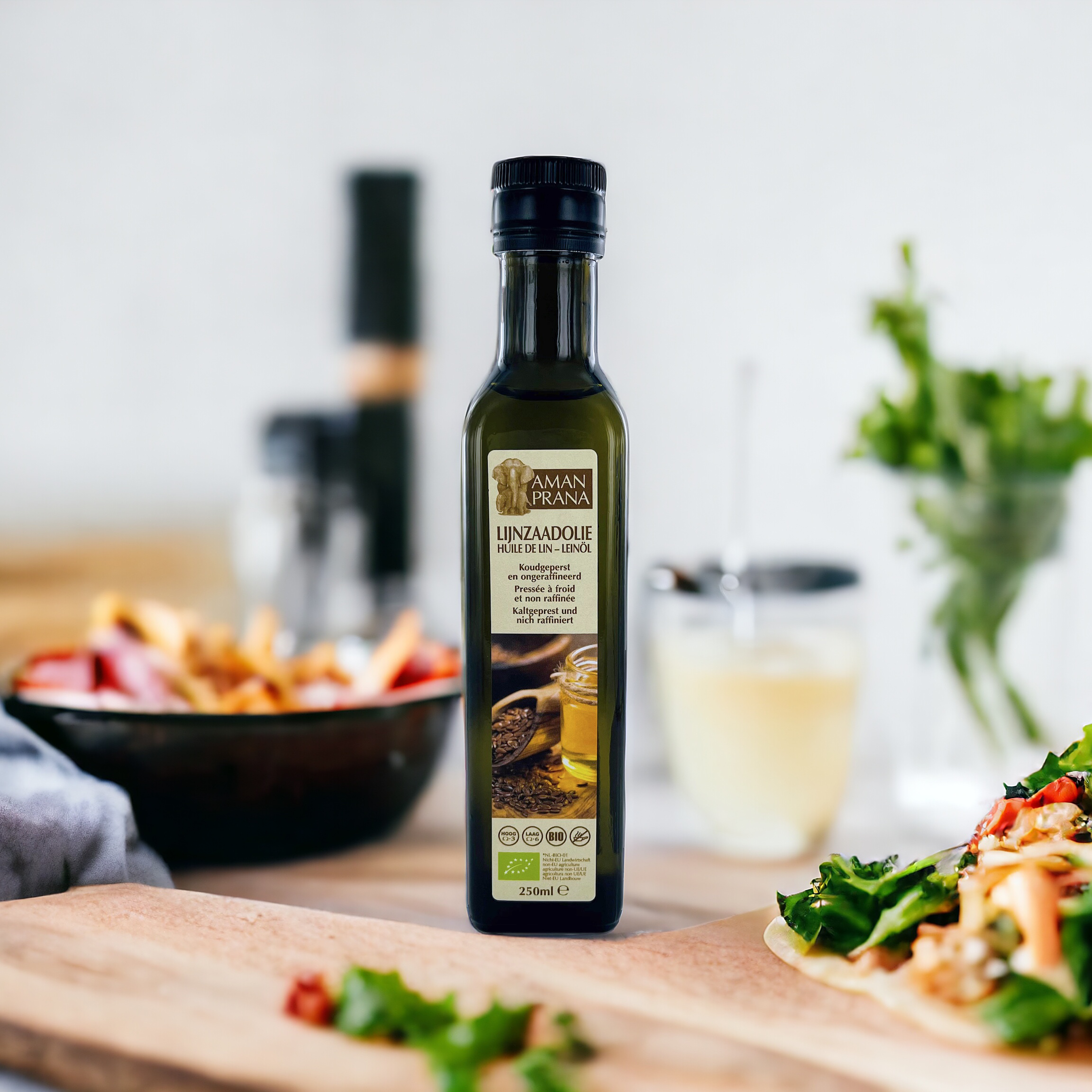


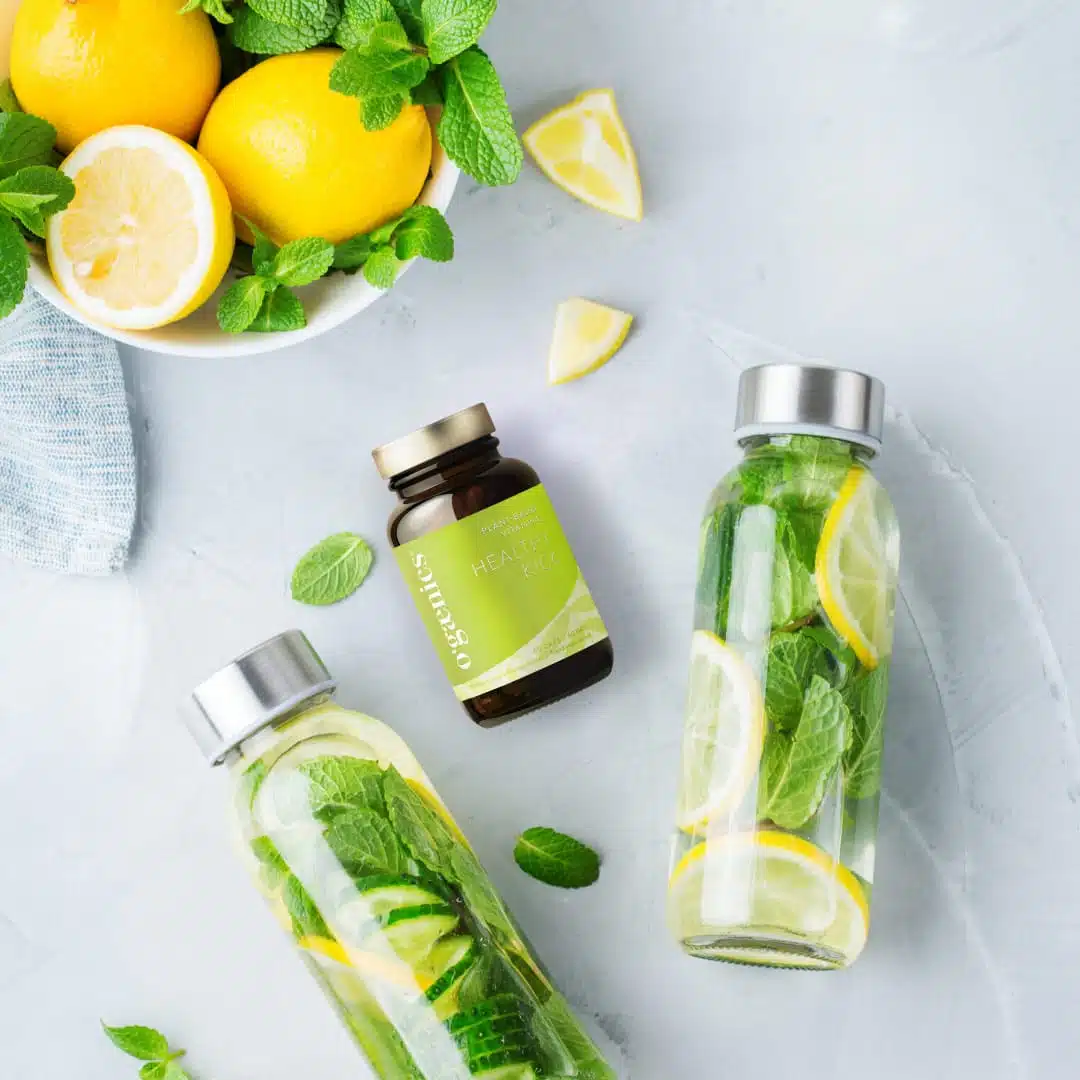
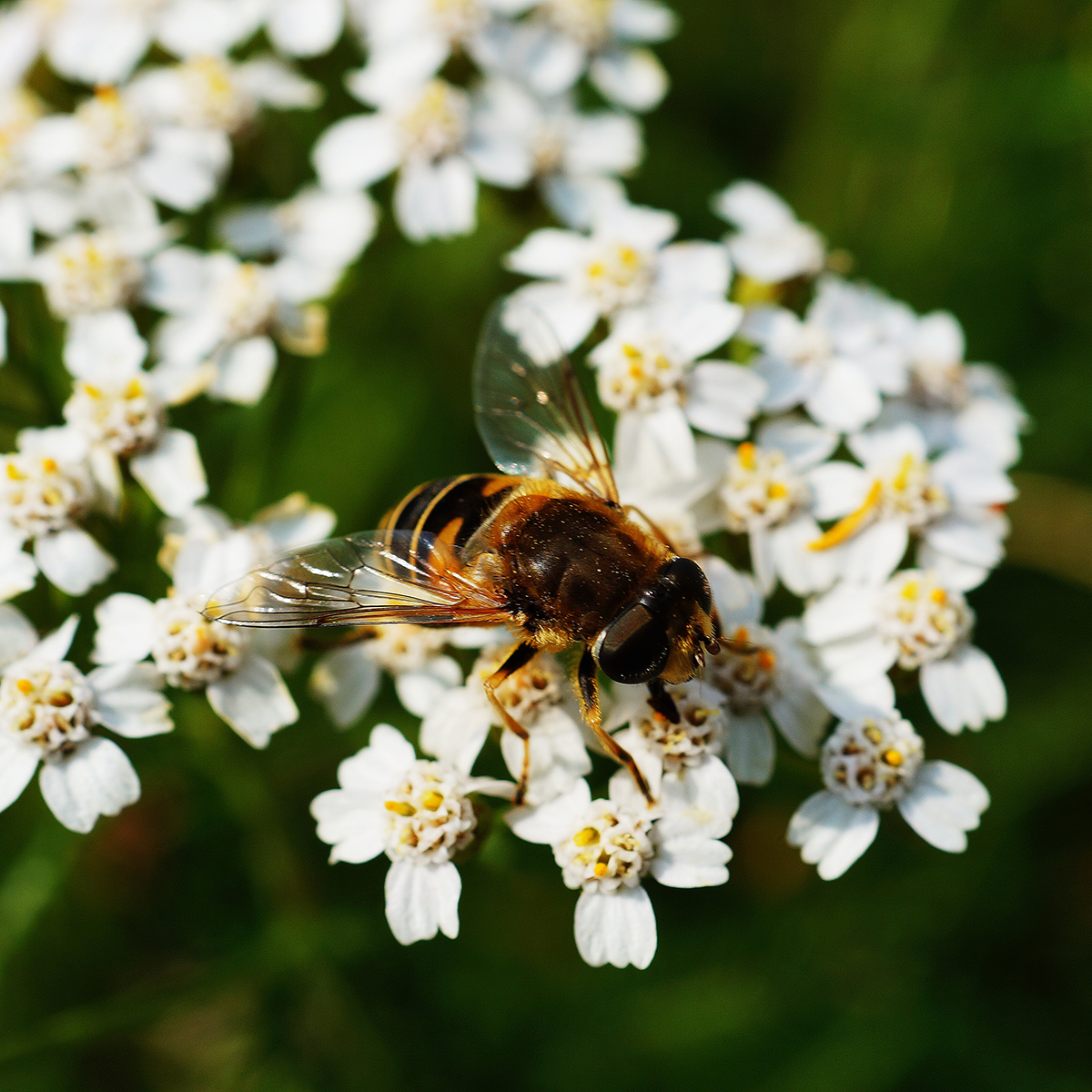
The information below is required for social login
Sign In
Create New Account